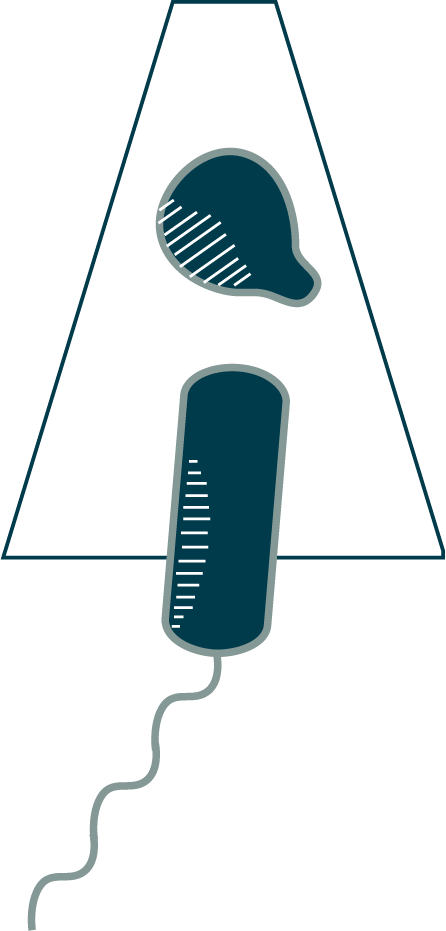

Other cell extensions also aid metabolism. Non-photosynthesizing cells break down nutrients into chemical energy (ATP) through respiration reactions. The chemistry is beyond our scope here, but it involves the ultimate transfer of electrons to an acceptor molecule, typically oxygen (the “aer” in aerobic respiration). When no oxygen is present, some cells can use an alternative electron acceptor, such as iron or sulfur, in a process called anaerobic respiration. This works well when the acceptor is soluble and can diffuse into the cell. You can see deposits of soluble metal on the membrane of this Shewanella oneidensis cell which it is likely using for anaerobic respiration.
What if the only available acceptor is trapped in a mineral, though? S. oneidensis have evolved a mechanism to take their metabolism to the mineral by extending chains of outer membrane vesicles. Electron-carrying proteins called cytochromes in the membrane shuttle electrons to metal oxide minerals in the environment, a conductive property that lends the appendages the name “nanowires.” The morphology of S. oneidensis nanowires is similar to that of other outer membrane vesicle chains, with tubular and pearled sections, like the detached nanowire you see here.
Other species, like Geobacter sulfurreducens, also use nanowires to transfer electrons to an insoluble acceptor in the environment, but the structure of those nanowires is very different: a long filament made from stacked cytochrome proteins, resembling a pilus (thin protein filaments you will see in Chapters 6 and 9).